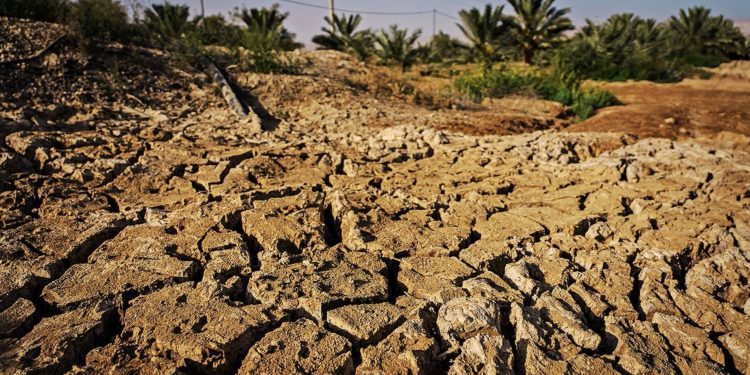The Economist says that in the past few months protests over water shortages have erupted in Algeria, Iran, Iraq, Sudan and Yemen. Two protesters were shot dead in Iran on July 16th. And a lack of water is contributing to unrest elsewhere in the Middle East and north Africa.
Rainfall is expected to decline, precipitously in some places, leaving farmers to dig more wells, draining aquifers and causing potentially irreversible environmental damage. For most of the region the trend is towards a drier, hotter, more miserable future.
Agriculture accounts for the overwhelming share of freshwater taken from ground or surface water sources globally (about 70 per cent), says the World Bank. The proportion is even higher in the Middle East and north Africa (about 80 per cent). Crops depend entirely on irrigation in the arid region and officials say that supporting agriculture stems rural migration and reduces the need to use hard currency for food imports. So Egypt, for example, allows its farmers to take water from the Nile for nothing but the cost of pumping it.
Such subsidies have long encouraged farmers in the region to waste water on a massive scale. Still, leaders like to use cheap water as a way to buy support or further their own interests. The regime in Jordan, one of the world’s driest countries, uses it to mollify farmers from powerful tribes in the Jordan valley. In Iran the Islamic Revolutionary Guard Corps rerouted a river to cool its steel mills in Isfahan. A former president, Akbar Hashemi Rafsanjani, is even said to have built a dam to water his pistachio crop.
Yemenis, for example, are already abandoning parched villages. Without better sharing, management and investment, millions of the region’s residents risk becoming climate refugees.























